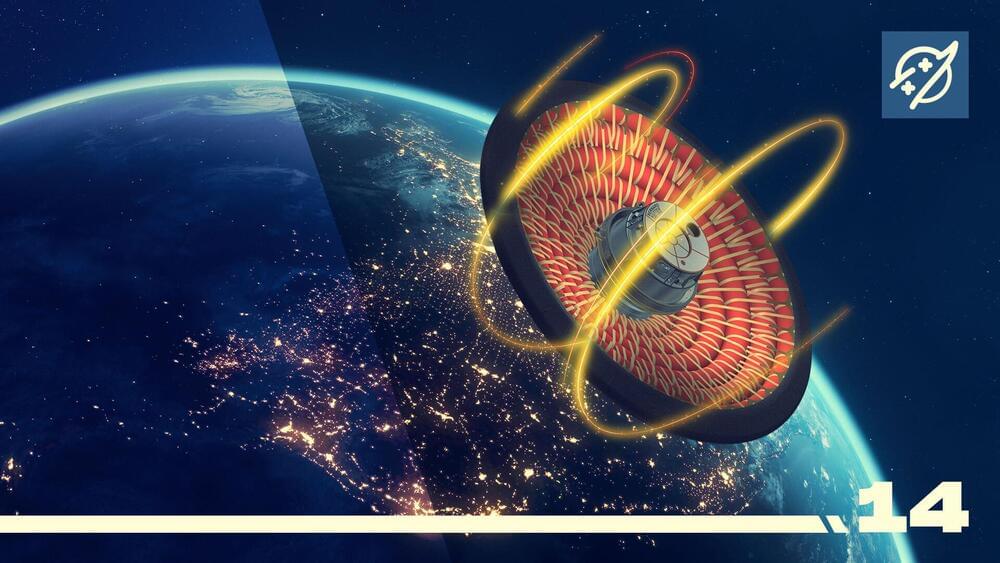Transhumanism advocates the use of current and emerging technologies such as genetic engineering, artificial intelligence, and nanotechnology, to augment human capabilities, enhance longevity, and improve cognition. The term “designer baby” refers to a child who would develop from an embryo or sperm or egg that had been genetically altered. Is there a covert political agenda behind this allegedly altruistic scientific movement?
Robert Sepehr is an anthropologist and author.
(books also available through other book outlets)
http://amazon.com/Robert-Sepehr/e/B00XTAB1YC/
Robert Sepehr Links.
https://linktr.ee/RobertSepehr.
Support Robert Sepehr on Patreon:
https://www.patreon.com/AtlanteanGardens








